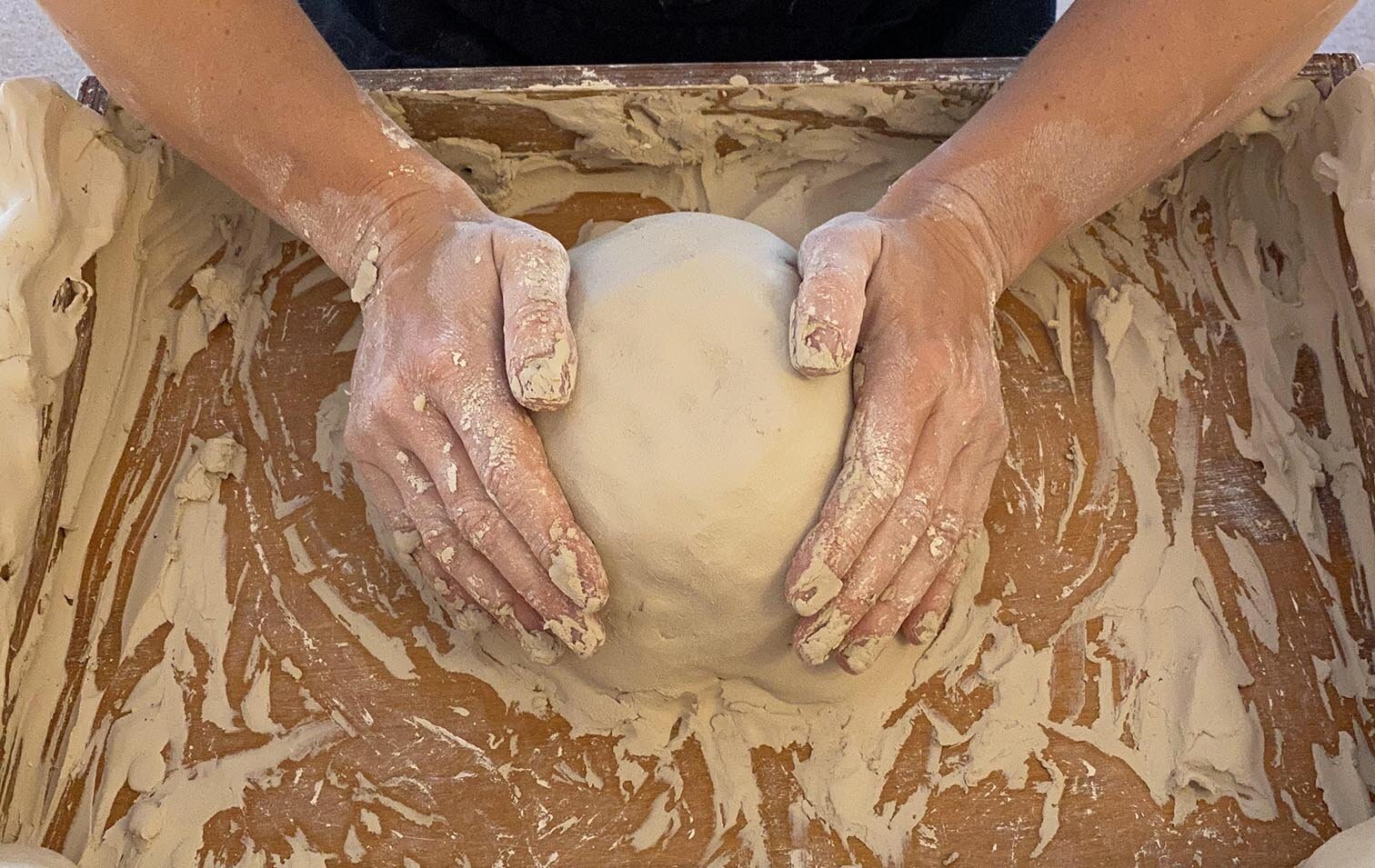For the last several years Guy Macpherson has dedicated himself to the study of trauma, post-traumatic growth, and most recently, the intersection of trauma and psychosis - specifically assessing and treating signs of early psychosis. He holds a Doctorate in clinical psychology and with The Trauma Therapist Project brings together resources for clinicians and therapist of all kinds who are starting out on their trauma-informed journey.
In this interview Cornelia Elbrecht and Guy Macpherson discuss the hands-brain connection and how at the Clay Field we are able to treat early developmental trauma through an inter-relational touch experience.
Read More

